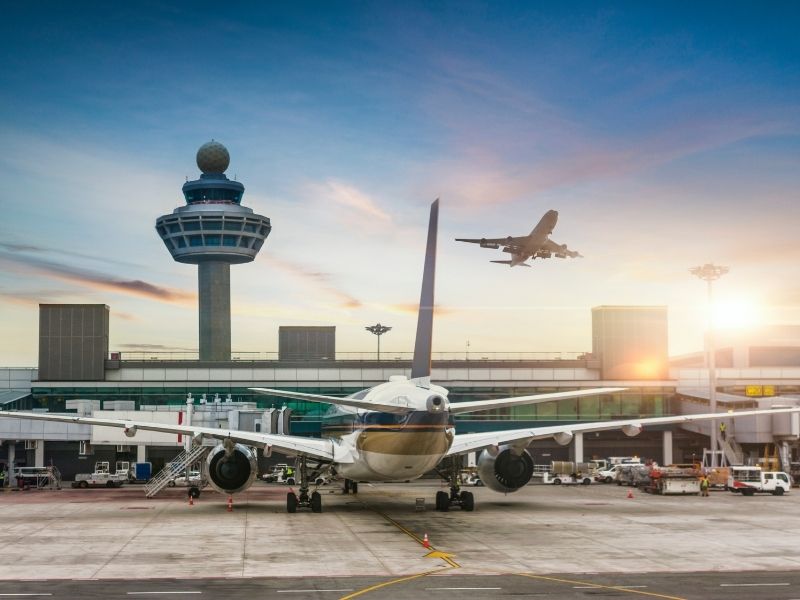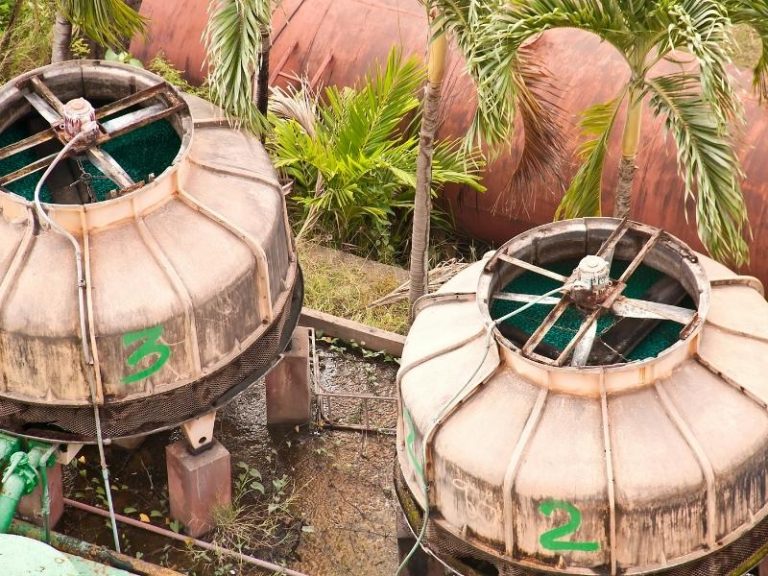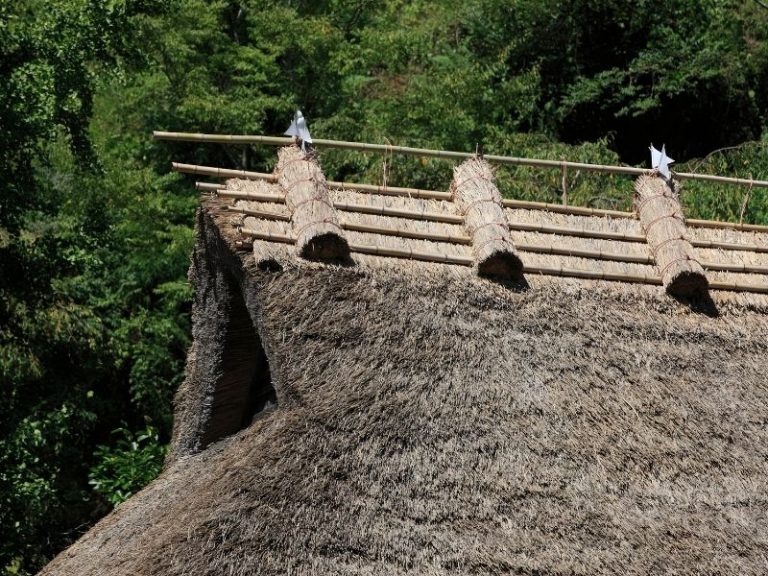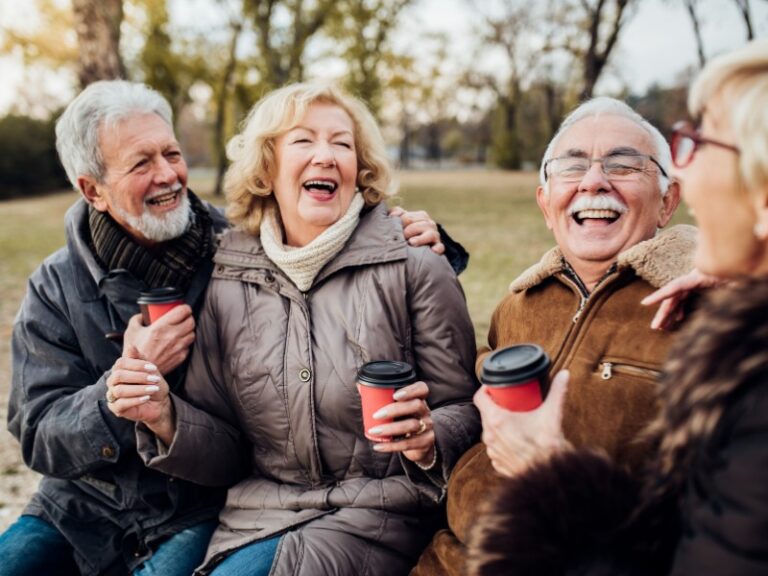Is Carbon Offsetting Travel Better Than Nothing? Pros and Cons
While reducing emissions is a great goal to have, there are challenges that arise when trying to offset the impact of carbon dioxide on the planet. This article explores the pros and cons of carbon offsetting.
As travel continues to increase, people are beginning to think about what impact travel may be having on the environment. Travel will continue to be an important part of life and as it evolves, there will be constant discussions on what can be done to aid our environmental efforts.
The fight to reduce the impact that carbon dioxide has on our world is a really large one. This is not something to ignore. Bearing the whole burden of this is not meant for one individual or company. It is going to take the efforts of us all, and many different solutions to make a real change in this area. This is not one that overwhelms us but gets us excited to see the effort and creativity that will come from trying to solve this.
What is carbon offsetting?
Carbon offsetting is a reduction in carbon dioxide emissions by performing actions that counteract emissions that are produced. Essentially, the goal is to lower the impact that we have as we produce carbon dioxide.
On a personal level, the best way to carbon offset is through working with some of the companies and organizations that have the capability to help offset CO2. Many times, you pay the offsetting company, and then in return, you get carbon credit.
A carbon credit is something you hold that tells others you have offset your carbon usage. Sometimes, the companies you work with will allow you to chose what way you would like to offset the carbon. Below are some of the most popular options.

Three ways to carbon offset
Planting Trees
This is something we should all be doing and can help to restore our planet. While you may not be able to physically plant a tree, there are many options for organizations that will help you with this through donation. Try One Tree Planted for tips on how to get more trees planted.
Protecting Forests
The main way that companies work to offset carbon is to help restore and protect forests that are already existing. Organizations like MyClimate help to do this through your purchasing of a carbon credit.
Renewable Energy
Some offsetting organizations work to build up renewable energy sources and use your donations to help do so. Carbonfund is an organization that works in many different offsetting projects but renewable energy is their main objective.
Is there a problem with it?
We can only have a full picture if we explore the other side of the pros and cons. In the world of air travel, the reality is that there is no alternative to carbon emissions. The industry relies on machinery that produces carbon dioxide. Programs have begun where companies and individuals can choose to offset their carbon emissions. This is an alternative that has been pushed drastically by companies and eco-tourists.
However, it is important to realize this one solution will not solve the issues we see arising in climate change. While it does offer some relief, it cannot be seen as a saving grace. Carbon offset for travel does pose a good solution for those who are either required to travel or who still want to travel, however, this will not solve the whole problem of how the industry itself is dependent on carbon-producing machinery.
However, if consumers push for a change, airlines need to listen. Some of them have already started several initiatives like using biofuels or developing electric airplanes. Until new and more environmental-friendly technologies will widely be available here are 7 ways to make your air travel more sustainable.

How you can offset your carbon footprint?
As a traveler, you are able to make a choice to offset your flight and other travel activities in an effort to make your travel more sustainable.
The first step that you should take is to calculate what your carbon footprint has been. Carbon offsetting flights are possible but you need to know how much is required to properly offset the flight. More and more companies and organizations are releasing carbon footprint calculators that help you determine the number you should be offsetting. MyClimate or Carbon Footprint are great places to start. Once you have your number, you can begin to look for programs that can help you offset.

How to choose a carbon offset program
Carbon offset programs are offered in many different formats. Some are international government organizations while others are run by independent NGOs. Some of the main ones to look for are carbonfund.org, Treepoints, and SustainableTravel.
Airlines may work with a specific company to help offset their flights, so a great place to start is by contacting your airline. A list of other major carbon offset programs can be found here.
Eco-lodges are also working to help their customers find carbon offsetting programs that usually target hyper-local initiatives.
The biggest advice that we can give on this is to do your research and write up your own pros and cons of each alternatives. Make sure the company that you are choosing has been successful in its efforts to reduce carbon emissions. Many times, carbon offset programs use your donations to help fund their restoration projects (like the ones listed above). They are able to leverage the donations and implement large-scale projects to help offset carbon.
While there are many options out there, it is important to ensure you are working with a company that aligns with your values and has a prepared action plan on how to tackle carbon emissions.
Is carbon-neutral ecotourism possible?
As we work to reduce the impact of our carbon footprint, the next logical question that comes up is “will there ever be carbon neutral tourism?” This is a great question for us to be asking as it helps us first figure out our priorities within travel and tourism but it also helps us see the broad impact travel can have.

While flying will never fully be carbon neutral, carbon offsetting flights are a great way to help reduce the impact that your travel has. There are several ways to make air travel more sustainable that you can choose to do right now.
To reduce your carbon footprint think of every aspect of travel, like finding the most sustainable eco-lodges to stay in, making sure you are eating local food or watching your waste. All of these ways will build up and help make a significant impact in your efforts to reduce your carbon footprint on traveling.
Eco-lodges, for example, are putting in a tremendous effort to reduce consumption at all levels like using sustainable building materials, fully operating with renewable energy, recycling water, and other waste materials, or saying no to single-use plastic. While we have discussed that offsetting can help, reducing your carbon footprint altogether is a much more impactful way. Eco-lodges are taking the lead and making sure that their practices all around are sustainable and truly put the environment first.
More about sustainable living and traveling
Emese Maczko is a travel blogger behind Eco Lodges Anywhere. Having explored several destinations around Europe, the US, Indonesia, and Australia, and resided in Germany, the United Kingdom, and Luxembourg, Emese possesses a keen understanding of diverse cultures and an appreciation for the beauty of each destination she visits. She advocates for sustainable travel and ecotourism.








